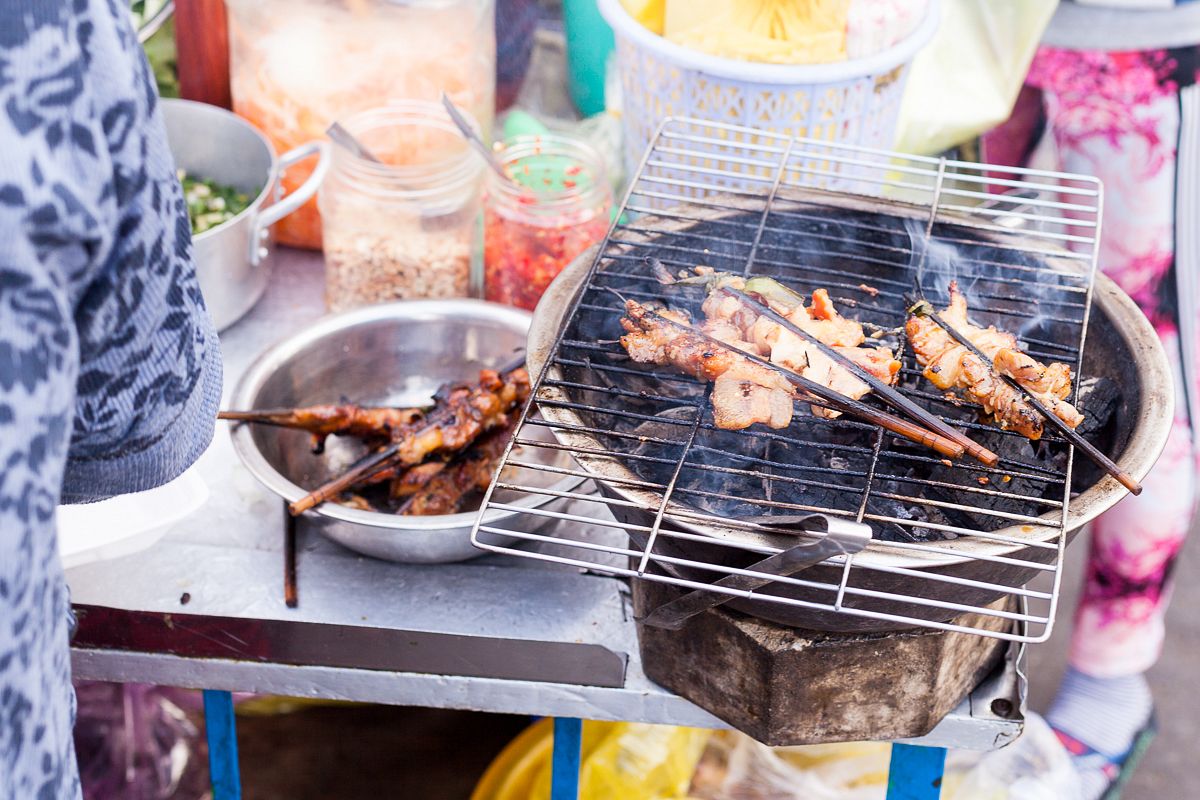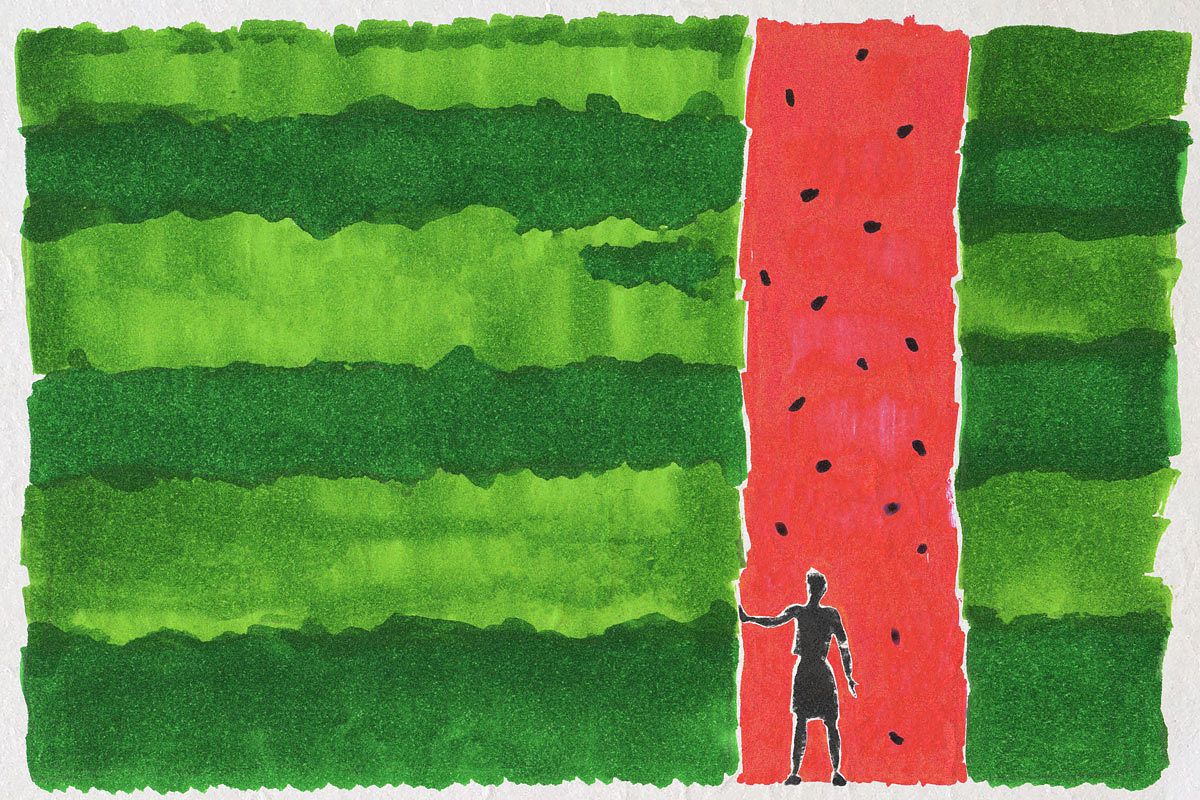Throughout the Vietnam’s decades of development from a war-torn nation to one of Asia’s fastest-growing economies, rags-to-riches stories are a dime a dozen. This is especially true in the country’s culinary heritage.
In today’s Vietnam, thanks to an influx of new import-export channels, locals now have a chance to relish a wide array of delicacies from foreign lands. At times, we hear stories of Saigon restaurants offering caviar tasting parties and even banquets with bird’s nest soup and abalone galore. However, I’ll be the first to point out that those are not emblematic of traditional Vietnamese cuisine. If anything, shark fin and bird’s nest soups have been, more often than not, a lavish privilege of the past one percent and now, Vietnam’s new crop of nouveau riche.
Truly Vietnamese dishes, in my opinion, have always hailed from the most humble of origins. The Mekong Delta’s scrap broken rice forms the backbone of cơm tấm, which is now celebrated all over southern provinces and has gone as far as becoming Saigon’s signature dish. Its only contender for that title, bánh mì thịt, was also born of past Saigoneers’ resourcefulness in the face of hardships: they tried to replicate the French baguette, but had to use cheap ingredients to allow the working class to afford it.
Hue’s cơm âm phủ was crafted from the same philosophy of “reduce, reuse, recycle”, but alas, the colorful mixed rice dish failed to attain the same reverent status as its southern counterparts. Which is a shame, because it’s delicious. Cơm âm phủ literally means purgatory rice, and we’ll get into the he said, she said behind its macabre title in a bit, but first, what in the hell – get it? – is cơm âm phủ?
A plate of this Hue rice dish usually consists of a heap of white, usually cold, leftover rice, surrounded by julienned vegetables. These are usually pickled cucumber, carrots and daikon. The most barebone versions of the dish only have shrimp floss as the protein component. This is made from tiny shrimps from Vietnam’s central coasts; the morsels might look underwhelming, but are salty, full of umami flavor and could entice you to eat an entire bucket of rice in one go. Some chefs add an upgrade in the form of sliced pork or cold cuts. All the other ingredients are fanned out around the mount of rice, with a generous sprinkle of shrimp floss and diluted fish sauce.

A modern interpretation of cơm âm phủ. Photo via Doi Vi.
There are a few urban legends surrounding the birth of cơm âm phủ. The most famous one includes a past emperor going undercover to survey his kingdom’s quality of life. Unluckily, he was lost at night and had to take shelter in the home of an old widow. She treated him to a plate of mixed rice with scrap leftover ingredients similar to cơm âm phủ. The king was exhausted and ravenous, so he went to town on the rice plate, thinking that it was the best thing he’s ever eaten in his life.
The dish’s real origin, however, was rooted in a rustic hole-in-the-wall in Hue: Quan Com Am Phu. In his personal essay published in the anthology Hue Tan Van: Mong Mo Va An Cay Noi Nang in 2012, writer Le Van Lan chronicled his adolescent days in the ancient capital and how he came to know the eatery that started cơm âm phủ.
According to Lan, the quán was started as a stall on an empty patch of land at the beginning of the 20th century. Locals referred to it as Dat Moi (new land). The plot was not far away from a few French military posts and the city’s night entertainment neighborhood, thus it was the popular hangout for prostitutes.
With its opening hours extended until the most unearthly of hours, Quan Com Am Phu became a highly sought-after location for Hue’s nocturnal characters to congregate. These include a diverse range of patrons from all walks of life: johns, prostitutes, gamblers and even attendees from local theaters like Ba Tuan and the Morin Cinema looking for a supper.
Despite its seemingly sketchy clientele, the eatery was well-loved for being a melting pot for all sorts of customers to shoot the breeze while satiating their late-night craving. This reportedly gave rise to the restaurant’s name and its titular dish as patrons jokingly referred to themselves as âm binh, or “hell ghouls”, for being around during ungodly hours.
Quan Am Phu’s humble rice dish took on the namesake as well. It has been the perfect dish for supper, as its components could all be prepared beforehand without requiring complicated cooking methods.
A crucial milestone in the history of the restaurant was the early 1930s, when the French constructed the Stade Olympique de Hué, Hue’s first major sport stadium, on the Dat Moi plot. Under the Nguyen Dynasty, it was renamed to the Bao Long Stadium, bearing the namesake of the son of King Bao Dai and Queen Nam Phuong. Today, the building is better known among Hue residents by the name San Van Dong Tu Do.

A bird's-eye view of the the Stade Olympique de Hué in 1936. Photo via Flickr user manhhai.
From a makeshift stall in the middle of nowhere that serves cheap mixed rice to drunk “hell ghouls”, Quan Com Am Phu suddenly turned into a hotspot of sport aficionados and bookies, thanks to a few regional tournaments that the then government brought to Hue.
Flash forward a few decades, in 2018 Hue, Quan Com Am Phu bears few resemblances to its past self. Apart from the name and the address at 35 Nguyen Thai Ngoc Street, the restaurant no longer retains any vestiges of its glorious past. It still currently serves Hue food, mostly to beguiled tourists who arrive at its door, expecting to experience a piece of Hue’s culinary heritage, just to leave disappointed. Quan Com Am Phu doesn’t offer cơm âm phủ anymore – according to Mike, my colleague at Saigoneer who recently toured Hue – and judging by a slew of disgruntled reviews online, its current service and offerings leave much to be desired.
In the process of research to write this article, I’ve made an attempt at seeking out an eatery in Saigon that serves this elusive dish. The photo on top was taken at a snack joint on Nguyen Thien Thuat Street in District 3, one of cơm âm phủ’s rare appearances on Saigon’s food map. It's delicious and filling, if slightly mediocre, but I suspect that – for a dish that started out as drunk food amid a hopeless place – it’s exactly what the original creator of cơm âm phủ meant to accomplish.















